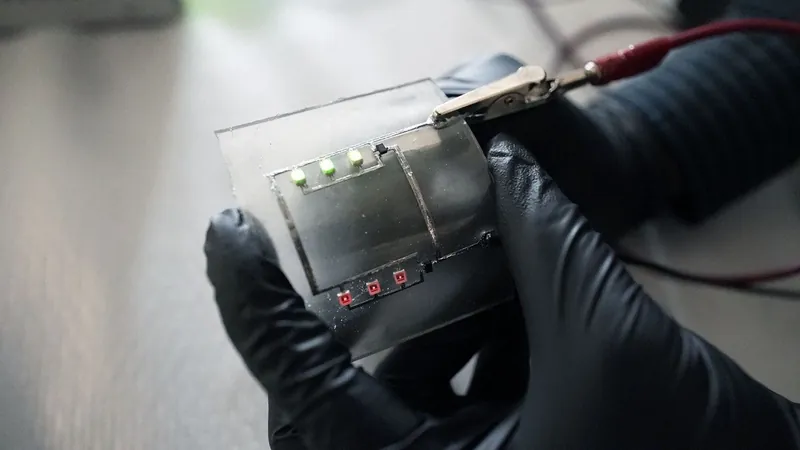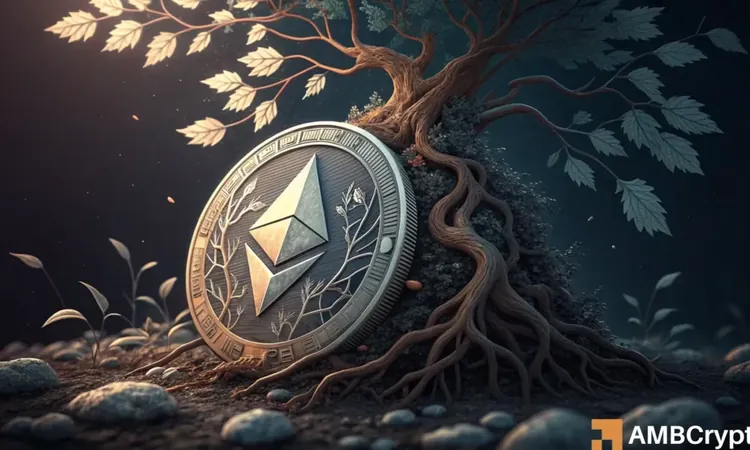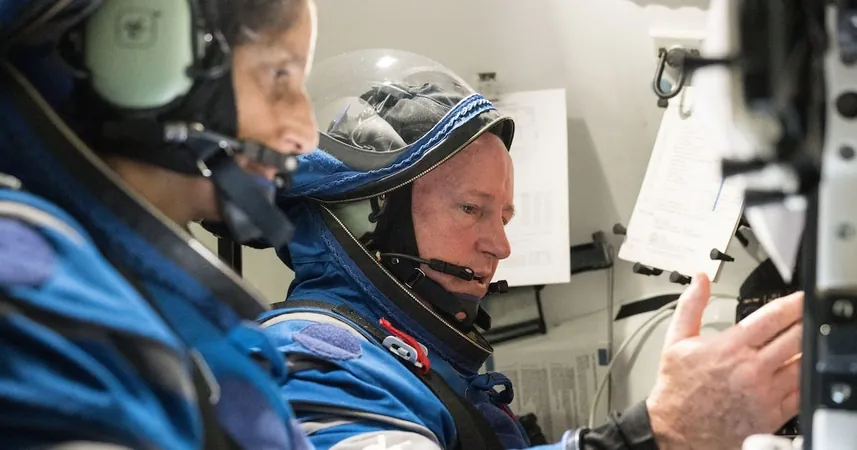
Revolutionary Self-Healing Circuit Boards: The Future of Electronics Is Here!
2025-06-30
Author: Michael
Say Goodbye to Broken Circuit Boards!
Imagine a circuit board that not only repairs itself but remains fully functional after serious damage. This groundbreaking innovation is a reality thanks to a new type of circuit board infused with liquid metal, designed to redefine the electronics landscape!
Meet the Vitrimer: A Game Changer
At the heart of this technology is a remarkable material known as a vitrimer—a special polymer that retains its strength at normal temperatures while becoming flexible at higher heats. Researchers recently unveiled their exciting findings in the prestigious journal "Advanced Materials." This development could spell the end for traditional thermoset-based circuit boards that once ruled the industry.
The Perks of Elasticity!
Unlike conventional circuit boards made from heat-cured plastics like silicone or epoxy, which permanently harden, the vitrimer can be reshaped and repaired through the application of heat. This adaptability allows for innovative reconfigurations, making it easier to salvage components and reduce waste.
Stunning Resilience!
"Our material stands apart from traditional electronic composites," stated Michael Bartlett, co-lead of the study and a Virginia Tech mechanical engineering professor. He emphasized the boards' incredible resilience—they keep functioning even under stress or strain. This level of durability is unheard of in current electronic materials!
Liquid Metal Magic
By adding just 5% of liquid metal droplets into the vitrimer mix, researchers doubled the material's strength. The liquid metal simulates the role of metal wires in traditional circuit boards, providing excellent conductivity without the need for extensive amounts.
An Echo of Responsibility
This innovative circuit board doesn't just perform better; it also aims to tackle the growing crisis of electronic waste. According to a 2024 United Nations report, electronic waste has skyrocketed from 34 billion kg to 62 billion kg in just over a decade. The easy recycling and reusability of these new boards mean less material will end up in landfills.
A New Era in Electronics
Given the complexity of recycling traditional circuit boards—which typically involve harsh chemicals and yield low recovery rates—this newly developed dynamic composite could revolutionize how we think about electronics. As Josh Worch, co-lead author of the study, put it, "Unlike modern circuit boards that are rigid and difficult to recycle, our material can heal and reshape without losing its electrical performance. This is a significant step toward a circular economy in electronics!"
What’s Next?
While researchers are eager to enhance the recovery rates for other materials, this advancement in self-healing circuit boards represents an exciting leap toward sustainable electronics in everything from smartphones to smart TVs. Brace yourself for a greener, smarter future!









 Brasil (PT)
Brasil (PT)
 Canada (EN)
Canada (EN)
 Chile (ES)
Chile (ES)
 Česko (CS)
Česko (CS)
 대한민국 (KO)
대한민국 (KO)
 España (ES)
España (ES)
 France (FR)
France (FR)
 Hong Kong (EN)
Hong Kong (EN)
 Italia (IT)
Italia (IT)
 日本 (JA)
日本 (JA)
 Magyarország (HU)
Magyarország (HU)
 Norge (NO)
Norge (NO)
 Polska (PL)
Polska (PL)
 Schweiz (DE)
Schweiz (DE)
 Singapore (EN)
Singapore (EN)
 Sverige (SV)
Sverige (SV)
 Suomi (FI)
Suomi (FI)
 Türkiye (TR)
Türkiye (TR)
 الإمارات العربية المتحدة (AR)
الإمارات العربية المتحدة (AR)